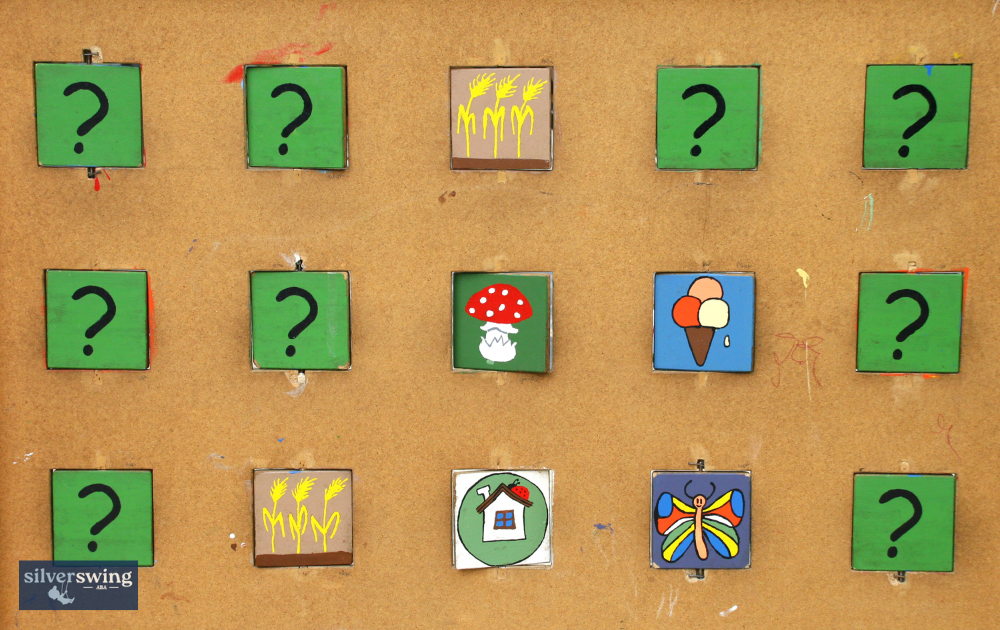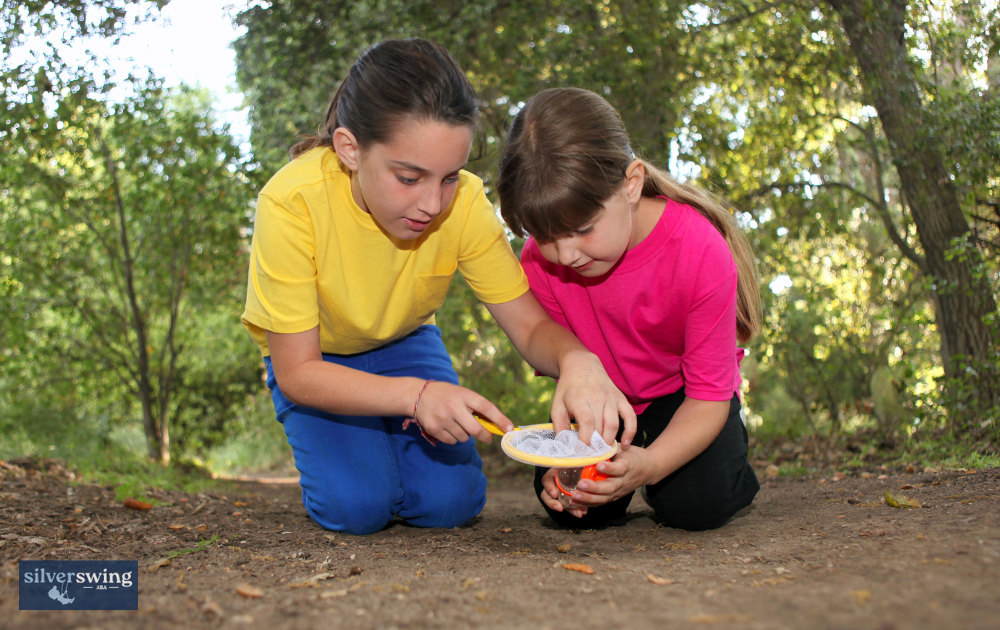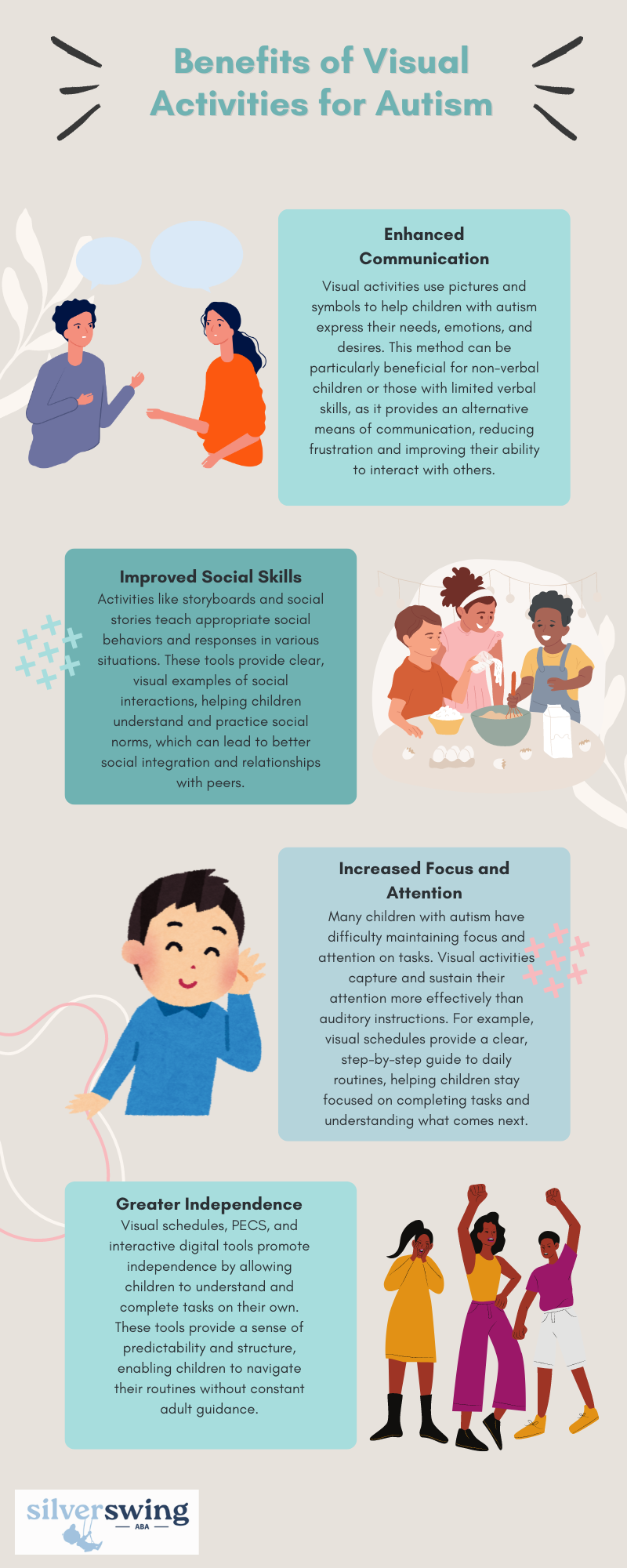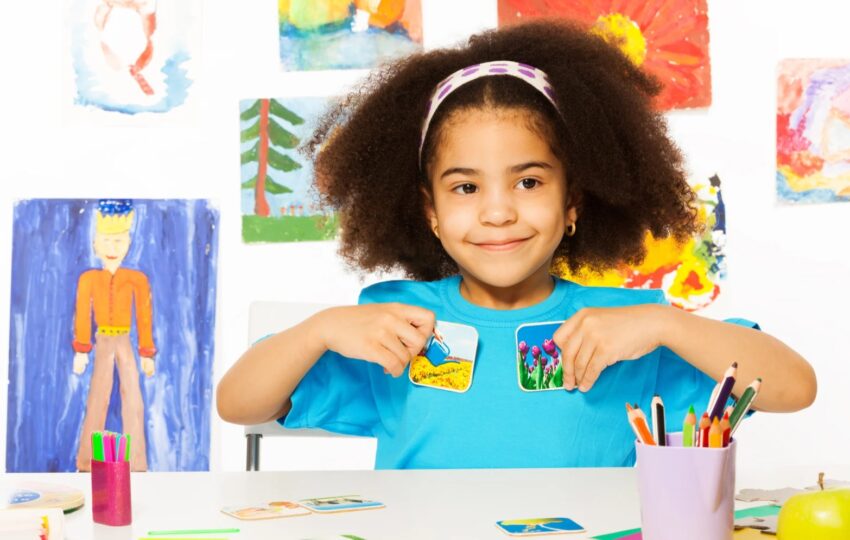Engaging children with autism in fun visual activities can significantly enhance their development, improve their social skills, and provide a structured way to explore the world around them.
Visual activities are particularly effective because many individuals with autism are visual learners, meaning they process information more effectively when it is presented visually.
In this article, we’re going to look at various visual activities and explain their benefits and how to implement them effectively.

Fun Activities to Enhance Visual Motor Skills
Engaging in activities that target visual motor skills can be beneficial for individuals with autism. These activities help improve coordination, fine motor skills, and the ability to process and perceive visual information.
Without further ado, here are several effective activities to enhance visual motor skills in individuals with autism.
Hidden Picture Games
Hidden picture games are a fun and engaging way to enhance visual motor skills. These games involve finding hidden objects or images within a larger picture. By searching for hidden items, individuals with autism can improve their visual scanning and attention to detail.
To play hidden picture games, you can use printed activity books or find online resources that offer a variety of hidden picture puzzles. Encourage the individual to carefully examine the picture and locate the hidden items.
This activity promotes visual attention, visual scanning, and fine motor skills as they point to or circle the hidden objects they find.

Memory Games
Memory games are excellent for improving visual memory and concentration skills. These games involve flipping over cards or tiles to find matching pairs. By remembering the location of the cards, individuals with autism can enhance their visual memory and cognitive abilities.
You can create your own memory game by using index cards or purchasing pre-made memory game sets. Start with a few pairs of cards and gradually increase the difficulty level as the individual becomes more proficient.
This activity encourages visual memory, attention, and cognitive skills.
Construction Activities
Construction activities provide opportunities for individuals with autism to enhance their visual motor skills while engaging in hands-on play. These activities involve building structures using various materials such as blocks, Legos, or other construction sets.
By manipulating and assembling different pieces, individuals can improve their fine motor skills, hand-eye coordination, and spatial awareness.
Encourage the individual to follow instructions or use their imagination to create their own designs. This activity promotes visual-spatial skills, fine motor control, and problem-solving abilities.
It is important to choose construction activities that are age-appropriate and suited to the individual’s skill level.

Visual Arts and Crafts
Engaging in arts and crafts allows children with autism to express themselves creatively while developing fine motor skills and sensory integration.
To implement visual arts and crafts, set up a workspace with all necessary materials, such as paper, markers, paints, scissors, glue, and various craft supplies. Provide simple, step-by-step visual instructions for each craft project and encourage the child to follow the instructions and create their own artwork.
Arts and crafts enhance creativity and self-expression, develop fine motor skills and hand-eye coordination, and provide sensory stimulation through different textures and materials.
Puzzles and Matching Games
Puzzles and matching games enhance cognitive skills, problem-solving abilities, and visual perception.
To implement puzzle and matching games, choose puzzles or matching games that are appropriate for the child’s skill level. Provide visual instructions and demonstrate how to complete the task, then encourage the child to complete the puzzle or match the cards independently or with minimal assistance.
These activities improve problem-solving and critical thinking skills, enhance visual discrimination and attention to detail, and can be a fun and rewarding activity for the child.

Nature Exploration and Scavenger Hunts
Exploring nature and participating in scavenger hunts can provide sensory-rich experiences and opportunities for learning.
You can implement nature exploration and scavenger hunts by creating a list of items for the child to find in a natural setting, such as leaves, rocks, or flowers. Go on a nature walk and encourage the child to find and collect the items on the list, then discuss the collected items and their characteristics.
These activities promote outdoor physical activity and exploration, provide sensory stimulation through different sights, sounds, and textures, and encourage observation and curiosity about the natural world.
Benefits of Visual Activities for Autism
Visual activities offer multiple benefits for children with autism, addressing various aspects of their development and overall well-being. Here are some of their benefits:

Understanding and addressing the advanced aspects of visual motor skills, such as fine motor dexterity and core stability requirements, can contribute to the comprehensive development of individuals with autism.
By providing appropriate activities and support, parents, caregivers, and educators can help individuals with autism strengthen these essential skills, enabling them to navigate the visual world with greater confidence and independence.




